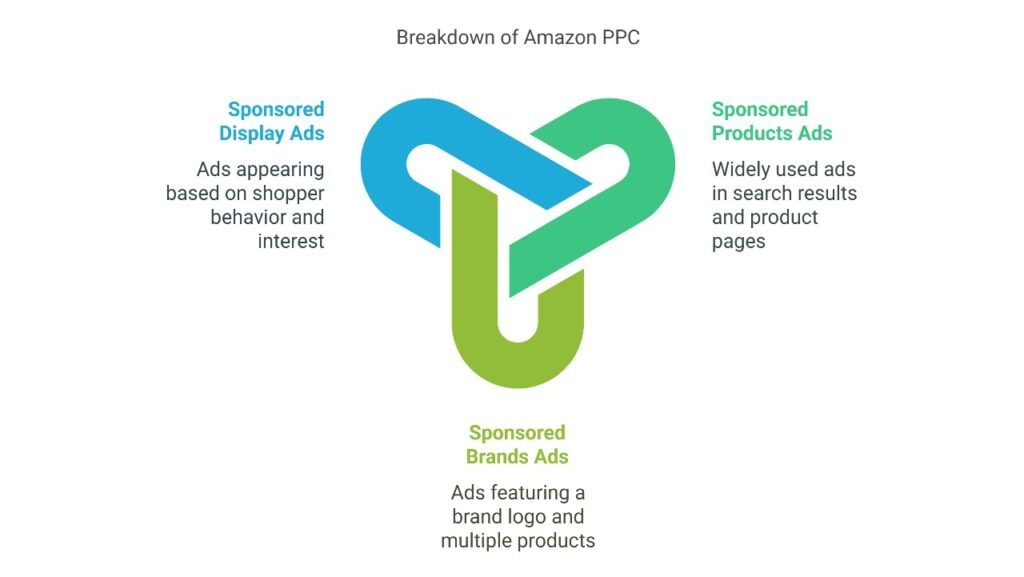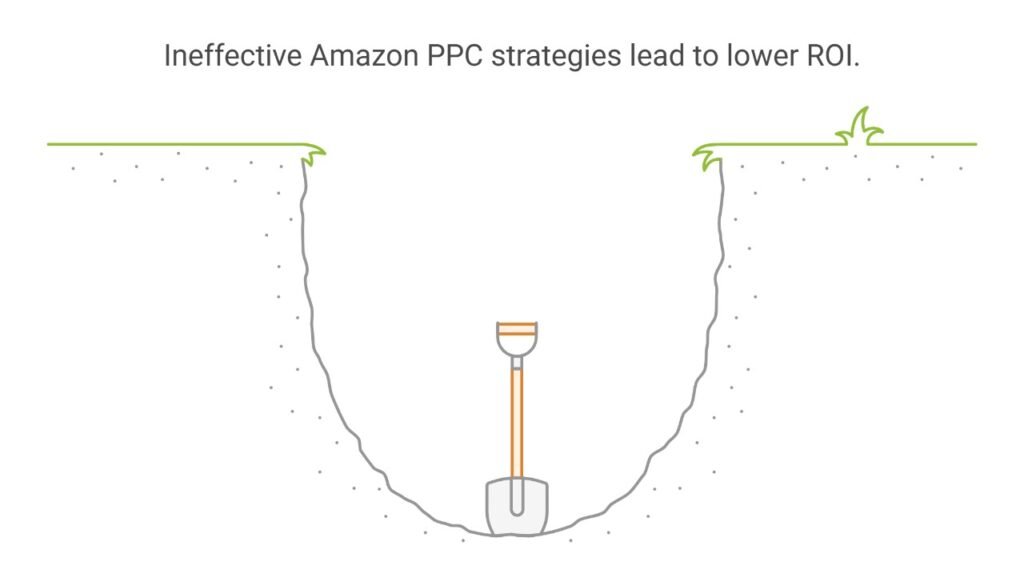Article
What is Amazon PPC? How the Amazon PPC Auction Works
What is Amazon PPC? How the Amazon PPC Auction Works
In e-commerce, cutting above other products and having one noticed may turn out such an uphill task. With millions of shoppers on Amazon, getting those potential customers towards your product doesn’t take as much hard work; that needs more than that. Coming up is the great Amazon Pay-Per-Click (PPC) advertisement.
Amazon PPC is the robust advertising that helps sellers showcase products to a more significant number of viewers and hence more visibility. Let us dig deeper to learn what Amazon PPC is, how it works, and the mechanism of the auction process determining what ads will get displayed.
What is Amazon PPC?
What is Amazon PPC; Amazon Pay-Per-Click, PPC is another kind of advertisement model. A seller can create his own advertisements about the product for selling through it on Amazon. In important details of this advertising model is that the seller gets to pay only if someone actually clicks the advertisement.
This allows sellers to drive more traffic by making their products appear before potential customers actively searching for similar products. As such, Amazon PPC is a very effective and targeted method of driving traffic and sales.
Amazon PPC ads appear in a variety of locations across the Amazon website, including:
Sponsored Products Ads. These are the most widely used PPC ads. They can be found on search results and product detail pages and are usually tagged as “Sponsored.”
Sponsored Brands Ads. This is an ad which contains a brand logo along with several different products. These ads usually appear on top of search results.
Sponsored Display Ads. Sponsored display ads appear on and off Amazon based on shopper browse behavior and interest.

How Does the Amazon PPC Auction Work?
Amazon’s PPC system operates as an auction, where advertisers (sellers) bid for ad placements. However, this auction isn’t just about the highest bid. The auction is designed to provide the most relevant ads to shoppers based on their search intent and user experience.
Here’s how the Amazon PPC auction works, step by step:
Creating a Campaign and Setting Your Bid
When you set up a PPC campaign, you have to choose a keyword or group of keywords relevant to your product. You will also need to determine how much you are willing to pay per click on your ad. That is your bid.
Manual Bidding: Choose the maximum you’re willing to pay per click.
Automatic Bidding: Here, Amazon would automatically set bids for you based on budget and competition.
As your bid increases, so does the probability that your ad will appear in the desired positions. But that’s not all-the cost of your bid is only half the story.
Quality Score: Relevance Counts
Amazon doesn’t just take into account your bid when it decides which ad to show. It also considers how relevant your ad is. Amazon employs a metric called “Quality Score”, which takes into account the following:
Keyword Relevance: How closely your selected keywords align with the customer’s search query.
Ad Relevance: Whether the product in your ad matches the intent behind the search term.
Landing Page Experience: How well your product page matches the ad’s promises and whether it’s optimized for a good shopping experience (e.g., fast loading, clear product details).
The more relevant, the more likely your ad will be shown, even if your bid is lower than that of competitors. This ensures a better experience for shoppers, as Amazon strives to show the most relevant products in response to a search.
The Auction Process
Every time a customer searches on Amazon, an auction takes place in real-time. Here’s what happens:
Amazon gathers a pool of ads that are relevant to the search query based on keywords and product relevance.
For each ad, Amazon calculates its Total Bid, which is a combination of the bid amount and the Quality Score.
Ads are ranked by their Total Bid, with the highest-ranked ads getting more prime placements (e.g., at the top of search results or on product pages).
This does not mean that it is the money of the highest bidder that goes to win always. Relevance plays a lot. If there are two identical bids but with a different quality score, this will take it to the front in the auction.
Cost Per Click (CPC)
This means you would pay not whatever amount you wish for each click but whatever lowest possible to be in your place in ad, and usually above the highest placed of all competing bids.
For example, if you bid at $1.50, the next highest bidder may have quoted $1.25, and so you might pay only $1.26 for a click. It is called the “second-price auction” in which sellers will not overpay for clicks.
Winning the Auction
The moment the auction is closed, Amazon serves the ads on the search results or product pages. The highest Total Bid gets served in the most prominent positions; this includes the bid and Quality Score.
Why Do I Care About the Auction?
The key to running a successful campaign is understanding how the Amazon PPC auction works. Here are a few takeaways that will help you optimize your approach:
Higher Bids Are Not Always Better: A higher bid can help but relevance is also important. Make sure to get the right keywords and optimize product listings for good Quality Scores.
Continuously Optimize: Keep tracking your campaigns constantly and make bid, keyword and product listing optimizations based on the performance.
Test and Refine: Amazon PPC offers fantastic opportunities to test different keywords, bids, and ad types to find out what best works for your business. A/B testing is the most common strategy to refine ads and achieve a better ROI.

Conclusion
Amazon PPC is a huge traffic driver into your products and business growth. Understanding the way the auction works on Amazon PPC and how to optimize bids and ad relevance is key. Crafting targeted campaigns, focusing on quality, and always maintaining a constant flow of optimizing increases the chances of winning the competitive Amazon marketplace and making those products visible to the appropriate audience.
As is the case with all kinds of advertisements, winning in Amazon PPC depends on planning and monitoring the campaigns along with adjusting them to stay ahead in the market.
